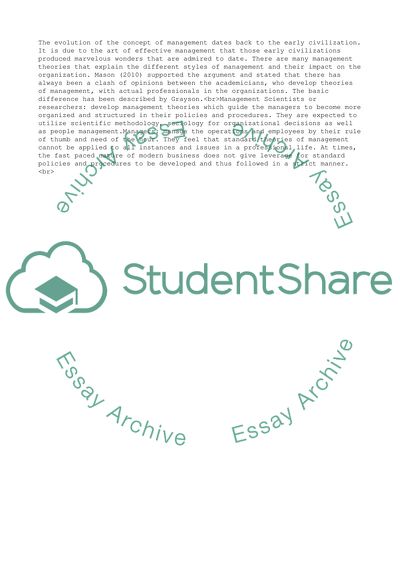Cite this document
(“Gap between Management Theory and Practice Essay”, n.d.)
Gap between Management Theory and Practice Essay. Retrieved from https://studentshare.org/management/1571649-gap-between-management-theory-and-practice
Gap between Management Theory and Practice Essay. Retrieved from https://studentshare.org/management/1571649-gap-between-management-theory-and-practice
(Gap Between Management Theory and Practice Essay)
Gap Between Management Theory and Practice Essay. https://studentshare.org/management/1571649-gap-between-management-theory-and-practice.
Gap Between Management Theory and Practice Essay. https://studentshare.org/management/1571649-gap-between-management-theory-and-practice.
“Gap Between Management Theory and Practice Essay”, n.d. https://studentshare.org/management/1571649-gap-between-management-theory-and-practice.


